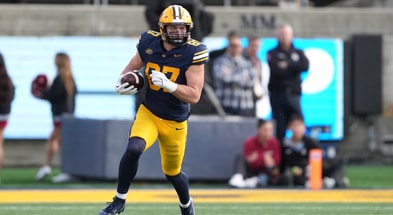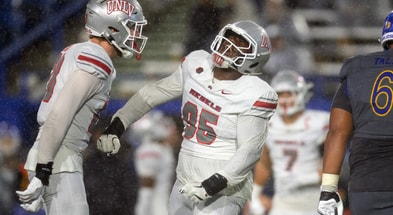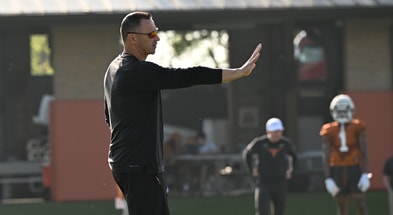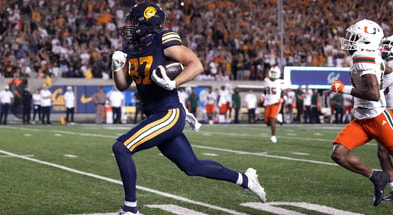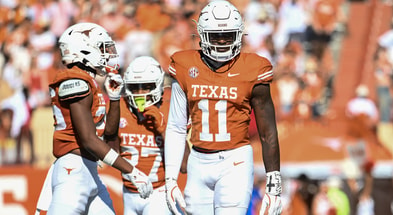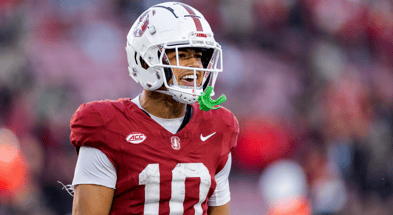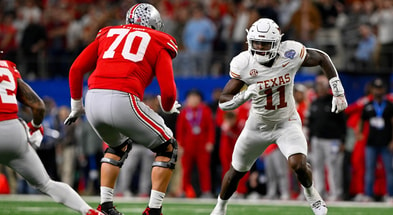A Texas Football perspective on Bill Connelly's returning production rankings

ESPN’s chief college football wizard, Bill Connelly, released a piece yesterday detailing the returning production of all 136 FBS teams. Longhorn fans might not enjoy it if they’re trying to get excited for September, though they might take comfort knowing National Champion Ohio State was only a few spots ahead of the Longhorns, and title hopefuls Oregon and Georgia were a few spots behind.
[BOOKMARK: Check Inside Texas daily for FREE Texas Longhorns content]
Connelly is the creator of the SP+ metric, which compares and ranks teams based on their recent history, recruiting, and returning production. Before he releases his first SP+ rankings for the fall, it’s important to get a handle on what teams look similar and which look entirely different in terms of production heading into 2025.
In today’s college football, which resembles a mashup of mercenary warfare and speed dating, that’s a difficult thing to do. Weighing a transfer into returning production is becoming more important than ever, and the percentage of returning production across the sport is the lowest it has ever been. Still, his thesis holds that high or low returning production “correlates well with improvement or regression. It might not guarantee a good or bad team, but it can tell us a lot.”
Here are a few takeaways for Texas Longhorn fans from Connelly’s piece, along with a few counters from a Texas perspective.
The Longhorns Don’t Rank Well on Offense
Here’s how Connelly’s equation works for offense.
- Percent of returning OL snaps: 40% of the equation that creates the rankings
- Percent of returning WR/TE receiving yards: 35% of the equation that creates the rankings
- Percent of returning QB passing yards: 22% of the equation that creates the rankings
- Percent of returning RB rushing yards: 3% of the equation that creates the rankings
Texas ranks 103rd in returning production overall, bringing back only 45% of last year’s production. The loss of years of starts on the offensive line between Kelvin Banks, Hayden Conner, Cam Williams, and Jake Majors certainly hurts. So does losing a three-year starter in Quinn Ewers, plus weapons like Jaydon Blue, Gunnar Helm, and Matthew Golden. All of that turnover puts Texas at No. 126 in terms of returning production on offense, sandwiched between Rice and Marshall.
The Longhorns Are Middle of the Pack on Defense
Connelly’s defensive equation looks like this.
- Percent of returning snaps: 66% of the equation that creates the rankings
- Percent of returning tackles: 19% of the equation that creates the rankings
- Percent of returning tackles for loss: 15% of the equation that creates the rankings
On defense, Texas returns 61% of its production and ranks 44th overall. The unit has to account for the loss of Vernon Broughton and Alfred Collins up front. More importantly, it loses Thorpe Award winner Jahdae Barron and experienced safety Andrew Mukuba, who accounted for almost half of the team’s interceptions and ranked second and third in tackles, respectively.
Most Likely to Regress
Where Connelly’s returning production data loves Texas’ 2024 playoff opponents, Arizona State and Clemson, and suggests they are most likely to improve, it does the opposite for the Longhorns. Texas A&M also gets a vote of confidence to improve, for what it’s worth.
Connelly’s skepticism of Texas seems to stem from how much rests on Arch Manning’s shoulders. In his words, “If Manning is anything less than otherworldly, Texas could have its ups and downs.” It’s worth noting that Ohio State, Georgia, Oregon, and Ole Miss are also in the likely-to-regress category, making it a reunion of last season’s title favorites. If all those teams take a step back, 2025 could be the most wide-open year in recent college football history. To the data’s credit, it was bearish on Michigan, Washington, and Alabama heading into last year.
If a Longhorn Fan Reads the Article and Lacks Hope. Here are some Helpful Counters:
-The Texas Roster Isn’t Complete, Especially on Offense
This data doesn’t account for the spring portal window, which will be big for Texas. As Eric Nahlin has written, expect Texas to add a talented wide receiver during that period. The addition of new running backs coach Chad Scott also increases the likelihood that Texas adds a running back if the right player becomes available.
Production Doesn’t Value Talent or Experience
Detractors pointed to the 2024 NFL Draft as a sign Texas would regress during Sarkisian’s first season in the SEC, but the Longhorns simply retooled. Now, Texas is set to put nearly a dozen players into the NFL for the second consecutive year. Talent stacked on top of talent matters and is typically not a one-off occurrence. Experience matters too, and that doesn’t always show up by way of counting stats.
Top 10
- 1Breaking
OU 5-star freshman
Enters Transfer Portal
- 2
Lane Kiffin
Trolls Miami, Carson Beck
- 3Hot
Nico Iamaleava
Blasts CFP holdout accusations
- 4Trending
PJ Haggerty
NIL asking price revealed
- 5
Lee Corso
Sends message to fans
Get the On3 Top 10 to your inbox every morning
By clicking "Subscribe to Newsletter", I agree to On3's Privacy Notice, Terms, and use of my personal information described therein.
One of the great things about Sarkisian and Pete Kwiatkowski’s teams is that so many players see the field. In multiple games in 2024, more than 70 players took snaps. On the offensive line, Texas might have lost Banks, but his replacement, Trevor Goosby, played back-to-back games against Texas A&M and Georgia and performed spectacularly. DJ Campbell returns, as does Cole Hutson, who has essentially been a sixth man for two seasons. Returning three experienced offensive linemen in the same system doesn’t mean Texas is breaking in a green unit.
Tight end will be an adventure and the most inexperienced unit on the roster, but I’d argue very few people saw Helm spelling Ja’Tavion Sanders the way he did. Ryan Wingo and DeAndre Moore might not have put up the numbers or gained the national recognition of an Isaiah Bond, but they were relied on more than Bond down the stretch.
What’s more, who’s to say returning production in the form of familiarity is always a good thing? Texas fans know that all too well from the dark ages of the 2010s. A familiar name isn’t always a good sign. Sometimes, players stick around because they don’t have greener grass to explore. Production rankings love developmental programs like much of the Big 12 teams. They tend to overinflate the fortunes of teams that recruit with longer developmental cycles and undervalue teams like Texas, who simply reload.
Most Likely to Take Off
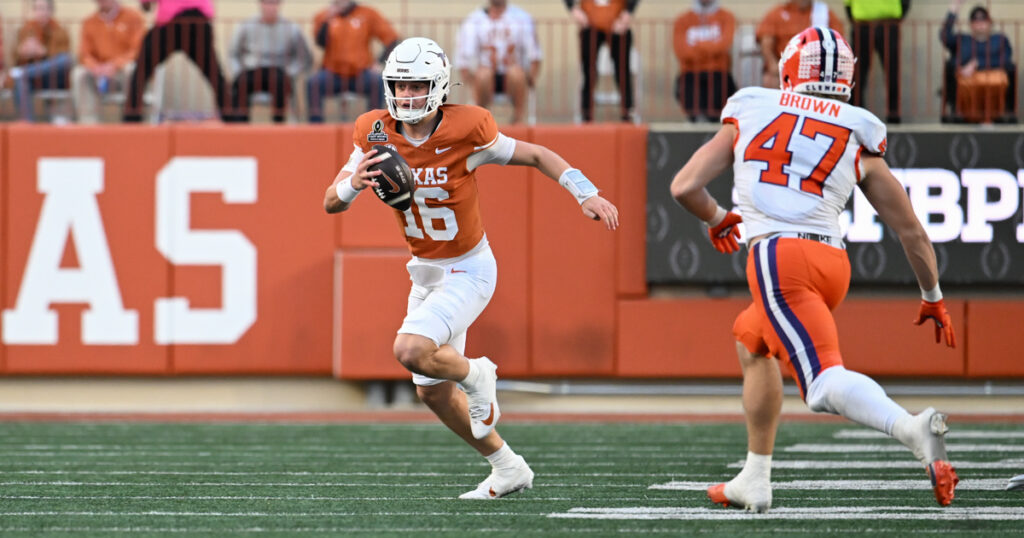
The uncertainty at quarterback and at the skill positions makes Texas a risk in some eyes, but I’d argue the opposite. The data only accounts for production—what the team accomplished—not the meat it left on the bone. Even the most ardent Ewers defenders, myself included, would have to admit that the Texas offense left something to be desired in 2024. Whether it be Ewers’ lagging injury, the thinning wide receiver production, or the running back injuries, the Texas offense didn’t ascend to some unreachable bar.
Also, unlike Ewers in 2022, who was thrown into the fire, Arch Manning won’t be wide-eyed. He’s been in the offense for two years, started 2.5 games last season, and saw key plays in other big matchups. With Ewers in 2022, fans had to adjust to what their quarterback looked like in burnt orange versus their expectations. But Longhorn fans already have a solid idea of Manning’s strengths and weaknesses. He will make huge plays with his arm and legs, and he will also make mistakes associated with hero ball.
[Join Inside Texas TODAY for just ONE DOLLAR!]
However, Manning’s mobility and athleticism could solve Texas’ red-zone issues from the past two seasons. Returning production measures known quantities, and from a data perspective, Manning is still a bit of a TBD. But he’s not an unknown quantity. Texas fans have seen what he can do, and they should be thrilled. The rest of the college football world has seen it too. And they should be terrified.
Want to get your Little Longhorns pumped before Football season? Buy them The Longhorn Alphabet: Texas Football A to Z today!


